December 30, 2022
Electric vehicles are not just the wave of the future, they are saving lives today.
Ten things to know about electric vehicles, and how you can help make the future electric (even if you’re car-free).

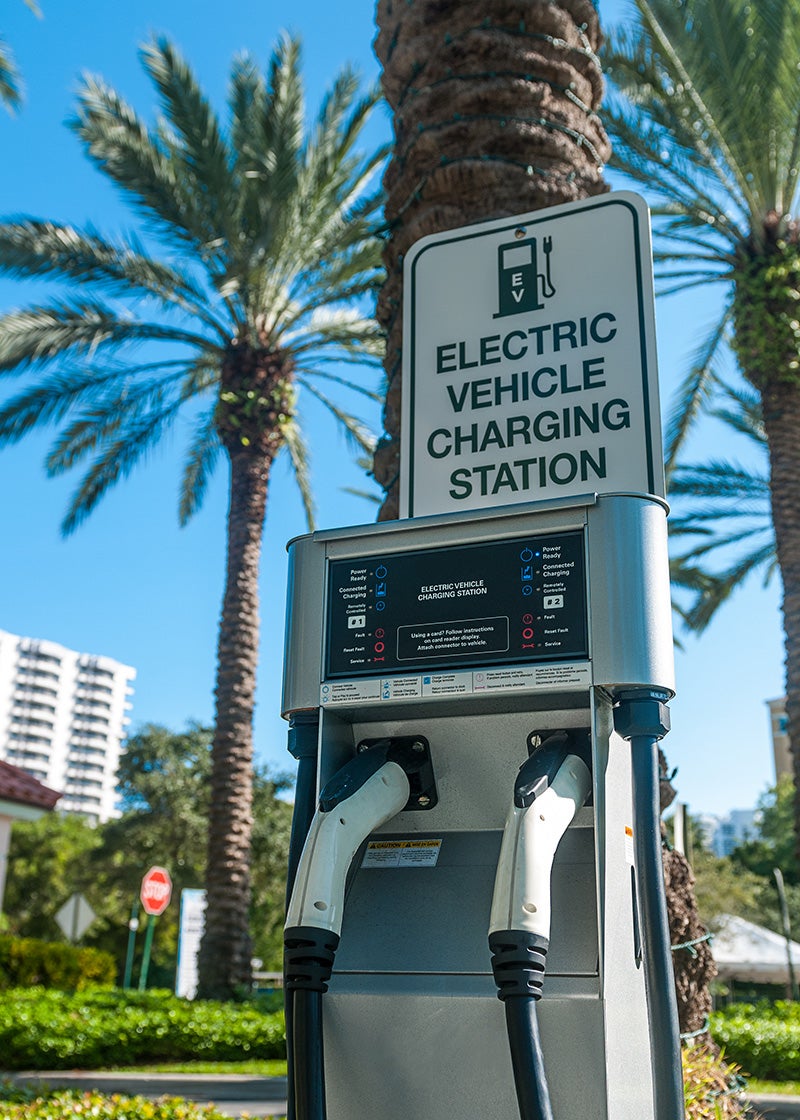
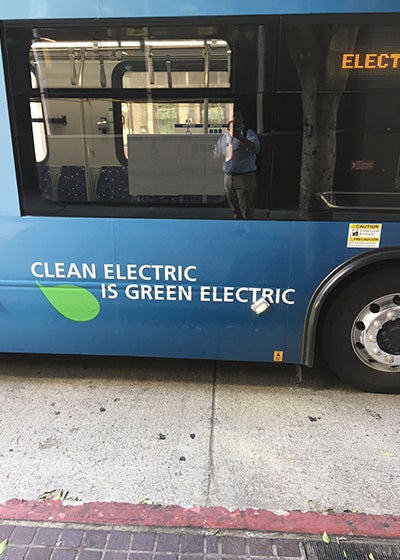
Electric vehicles are an increasingly common sight on our nation’s roadways — and not just personal passenger cars. Electric school buses (left), transit buses (right), and trucks are ready to hit the road. (Courtesy of California Energy Commission; Chuyin / Getty Images; Adrian Martinez / Earthjustice)
Even school buses are going electric. (Courtesy of California Energy Commission)
1. Electric vehicles now include cars, transit buses, trucks of all sizes, and even big-rig tractor trailers that are at least partially powered by electricity.
Electric vehicles fall into three main categories:
- Battery electric vehicles are powered by electricity stored in a battery pack.
- Plug-in hybrids combine a gasoline or diesel engine with an electric motor and large rechargeable battery.
- Fuel cell vehicles split electrons from hydrogen molecules to produce electricity to run the motor.
It’s more than just electric passenger cars now — from New York to Mississippi, you may find yourself on a quiet, zipping electric transit bus.
The first electric fire truck in the nation was welcomed by Angelenos in California in 2021 — and in the coming years, electric sanitation trucks will be quietly gliding through neighborhoods to pick up garbage and recycling, and electric postal trucks and increasing numbers of electric trucks will be delivering mail and packages from warehouses to homes, air pollution-free.
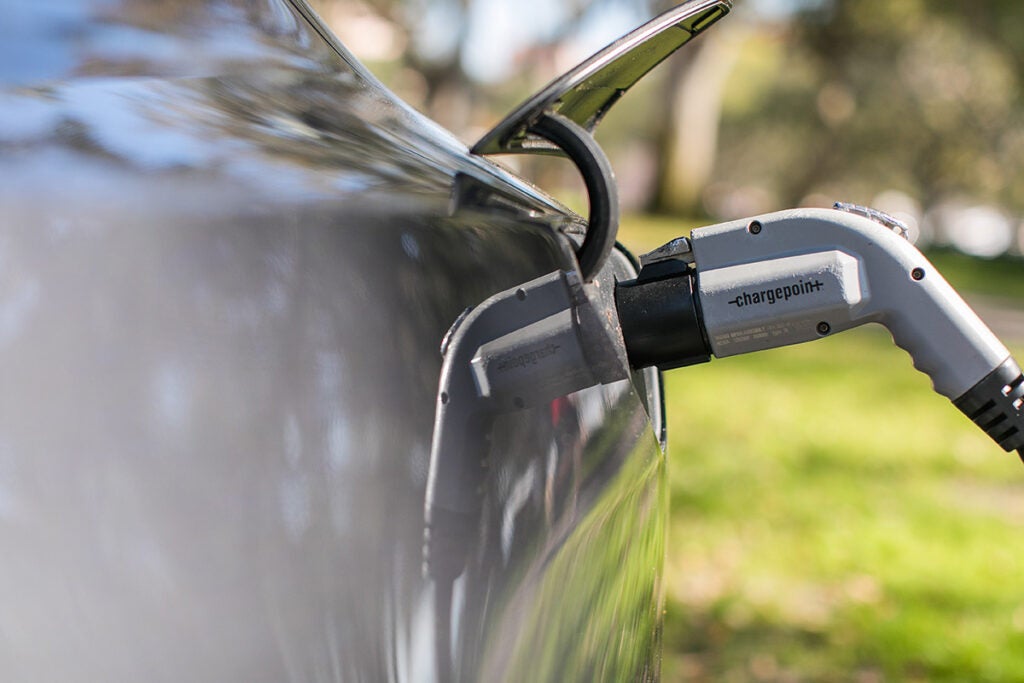

2. Electric vehicles are saving the climate — and our lives. Here’s how.
The largest source of climate pollution in the United States? Transportation.
To solve the climate crisis, we need to make the vehicles on our roads as clean as possible. We have only a decade left to change the way we use energy to avoid the worst impacts of climate change.
Emissions from cars and trucks are not only bad for our planet, they’re bad for our health. Air pollutants from gasoline- and diesel-powered vehicles cause asthma, bronchitis, cancer, and premature death.
The health impacts of localized air pollution last a lifetime, with the effects borne out in asthma attacks, lung damage, and heart conditions.
A study by Harvard University found “a striking association between long-term exposure to harmful fine particulate matter and COVID-19 mortality in the United States,” explains Rashmi Joglekar, a staff scientist at Earthjustice’s Toxic Exposure & Health Program. One of the primary causes of fine particulate matter pollution (PM2.5) is combustion from gasoline and diesel car engines.
An separate study by Duke University underscored the health costs: each gallon of gasoline purchased at the gas station carries with it up to $3.80 in health and environmental costs. The diesel in big rigs and farm equipment is worse, with an additional $4.80 in social costs to our health and climate per gallon.


3. Electric vehicles have a smaller carbon footprint than gasoline-powered cars, no matter where your electricity comes from.
The electricity that charges and fuels battery electric and plug-in hybrid vehicles comes from power grids, which rely on a range of sources — from fossil fuels to clean renewable energy.
Energy grids can vary from one state to another, which means that the carbon footprint of driving an electric vehicle ranges depending on the source of its electricity.
Earthjustice attorneys are working across the country to bring 100% clean energy, but on our way there (consumption of renewable energy recently surpassed coal), a portion of the electricity in this country will continue to be generated by the burning of fossil fuels.
The very good news? Because electric vehicles are more efficient in converting energy to power cars and trucks, electricity across the board is cleaner and cheaper as a fuel for vehicles, even when that electricity comes from the dirtiest grid.
Running electric or hybrid cars on the grid in any state has lower greenhouse gas emissions than gasoline-powered cars, as revealed in a study by experts at the Union of Concerned Scientists. And as states clean up their energy grids, the benefits of electric vehicles become stronger.
Try out the “How Clean is Your Electric Vehicle?” online tool to see how electric vehicle emissions measure up where you live — get a personalized report on how much carbon pollution you save by going electric, based on your ZIP code and electric vehicle make/model.
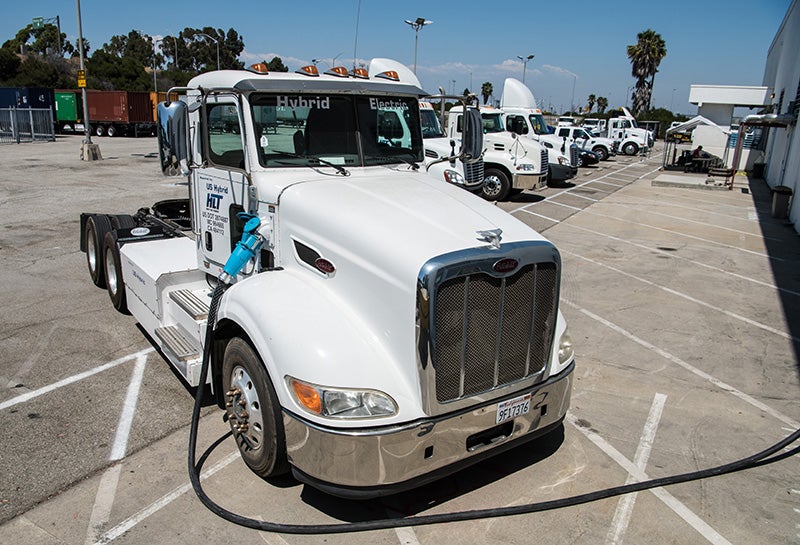
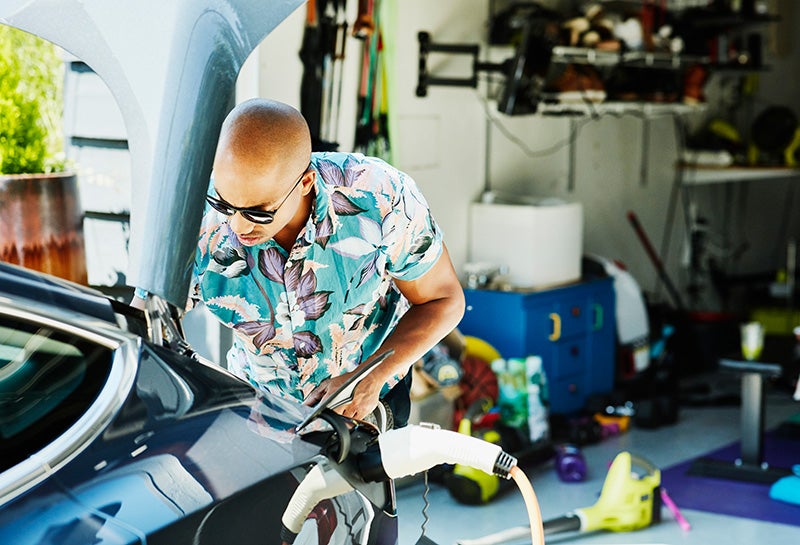
4. Through their entire lifetime, electric cars are better for the climate.
In the manufacturing process, electric vehicles will produce more global warming emissions than the average gasoline vehicle, because electric cars’ large lithium-ion batteries require a lot of materials and energy to build. (For example, manufacturing a mid-sized electric car with an 84-mile range, results in 15% more emissions.)
However, once the vehicles get on the road, it’s a whole different energy story.
Electric vehicles make up for their higher manufacturing emissions within, at most, 18 months of driving — and continue to outperform gasoline cars until the end of their lives
The average electric car on the road today has the same greenhouse-gas emissions as a car getting 88 miles per gallon — which is far greater than the average new gasoline-powered car (31 mpg) or truck (21 mpg), according to analysis by the Union of Concerned Scientists.
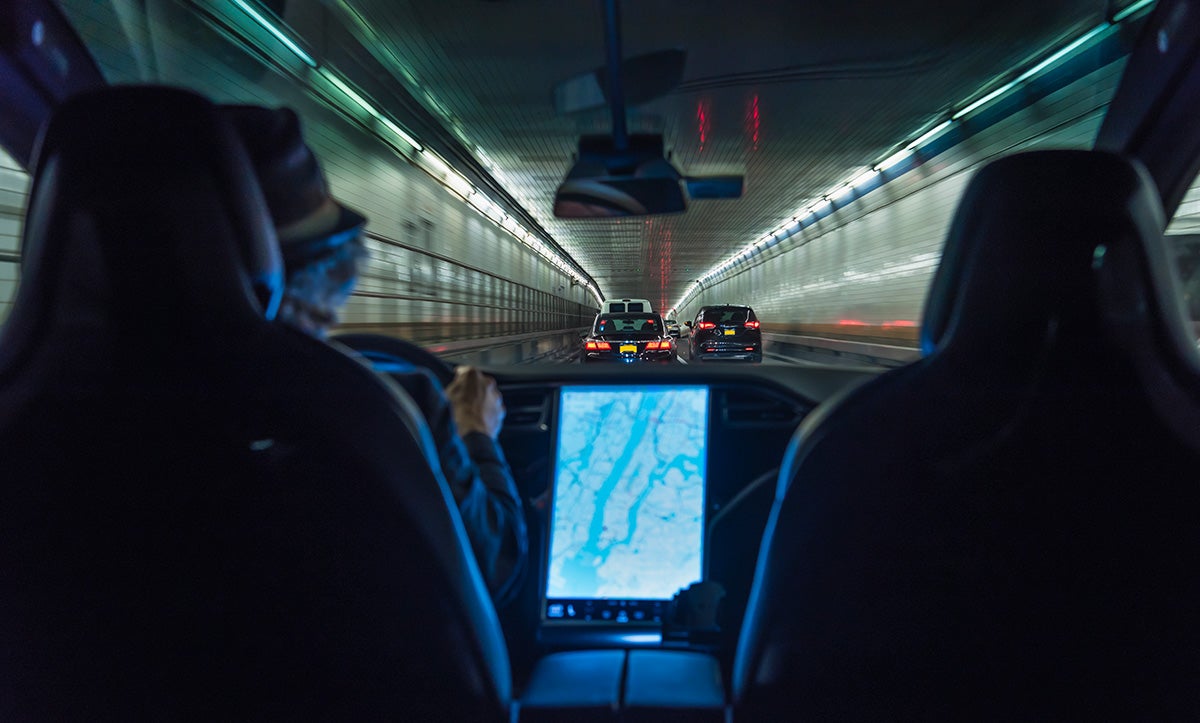
5. Electric vehicles can charge up at home, at work, while you’re at the store.
One advantage of electric vehicles is that many can be recharged wherever they make their home, whether that’s your home or a bus terminal. This makes electric vehicles a good solution for truck and bus fleets that return regularly to a central depot or yard.
As more electric vehicles hit the market and are used more broadly, new recharging solutions — including adding more public charging locations in shopping centers, parking garages, and workplaces — will be required for people and businesses without the same access at home.
“Having dependable charging at work let me buy a plug-in hybrid car without hesitating,” Ari Weinstein, a research scientist, shared with Sara Gersen, an Earthjustice attorney and clean energy expert. Weinstein is a renter who has limited options to be able to charge at home.
“The opportunity to drive an electric car shouldn’t be limited to people who own a home with a garage,” explains Gersen.
“Workplace charging is one key element of democratizing access to electric cars, and we need to move aggressively if we are going to meet this challenge. Electric utilities have a big role to play.”
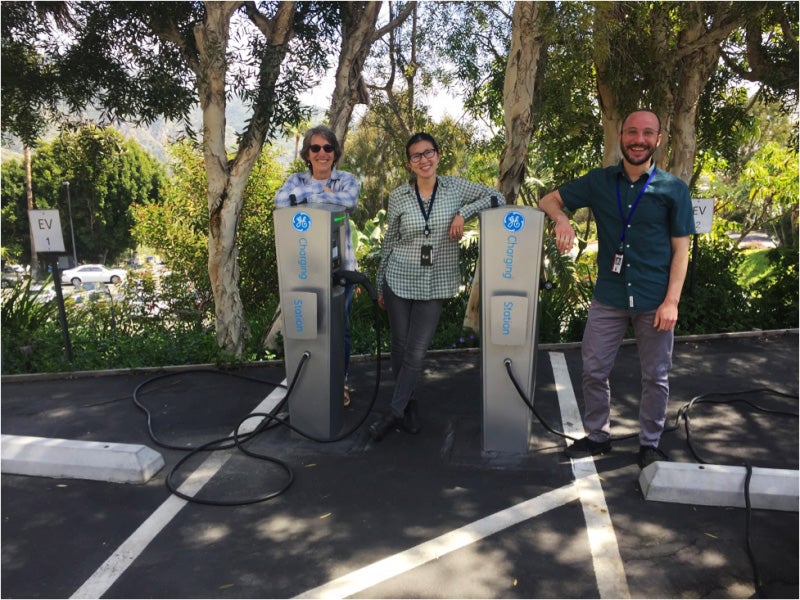
6. Planning now by states and utilities to build infrastructure for charging electric vehicles will go a long way.
Figuring out how to charge these vehicles will become an increasingly important problem to tackle.
Utilities in California are investing more than $1 billion to build the charging infrastructure necessary for electric cars, trucks, and buses throughout the state. These kinds of infrastructure investments will become increasingly important for public transit agencies, businesses, and people who want to purchase an electric car but are unable to install a charger at home.
“The federal government isn’t working on a national solution for charging the country’s electric vehicles,” explains Adrian Martinez, an attorney at Earthjustice’s Right to Zero campaign, who has advocated for electrification infrastructure in California, “which means that it’s up to each state to take a hard look at its grid and figure out an electric vehicle charging plan for its turf.”

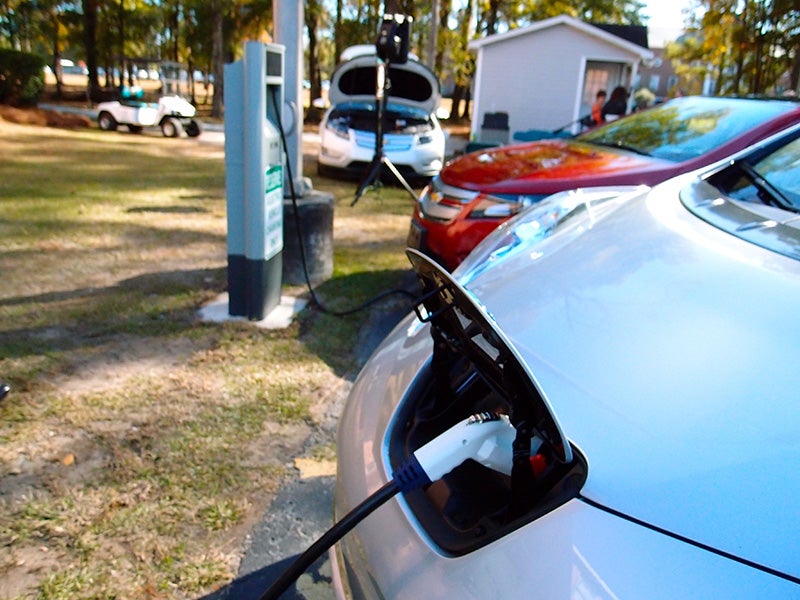
7. Transit buses, that reliable fixture rumbling through our towns and cities, may just be the key to the electric vehicle revolution.
Buses are the workhorse of our transit system, providing affordable transportation to anyone and everyone. They are a cornerstone of daily life in many cities, making them an important step to getting big electric vehicles into the broader transportation market.
A huge leap forward came when, together with a coalition of labor, environmental and public transit activists, we successfully pushed Los Angeles Metro to invest in a full fleet of zero-emissions electric buses — and then secured a commitment from the state of California to commit to a 100% electric transit bus fleet in the next decade.
By 2040, every bus you ride on or wave to in California will be a quiet, clean electric bus.

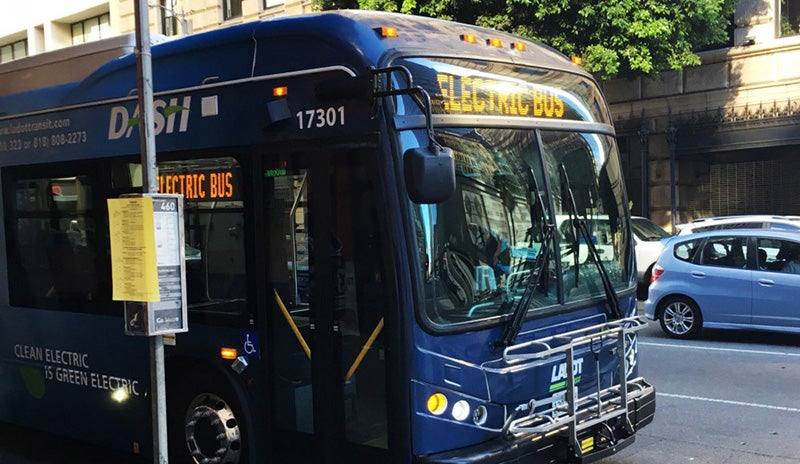
8. Electric trucks — delivering goods from warehouses to homes — can make a big, clean difference. We need more of them.
While diesel and gas trucks only make up a small portion of the vehicles on our roads and highways, they generate massive amounts of climate and air pollution. In the most impacted communities, these trucks create diesel “death zones” with more severe respiratory and heart problems.
In California, gas and diesel trucks are responsible for nearly half of the transportation-related air pollution in the state, even though they are vastly outnumbered by cars in the state.
Today, there are 70 different types of zero-emission trucks on the market, and California in particular has become an important base for designing and manufacturing big electric vehicles like buses with companies like Proterra and Build Your Dreams in the state.
It is now time for major manufacturers to start producing electric trucks on a larger scale. Communities across California successfully fought for a strong electric trucks rule — the first protection of its kind in the country — to require truck makers to sell a certain percentage of zero-emission trucks starting in 2024.
Because of California’s market power, this rule will help jumpstart a transition to electric trucks in other states.
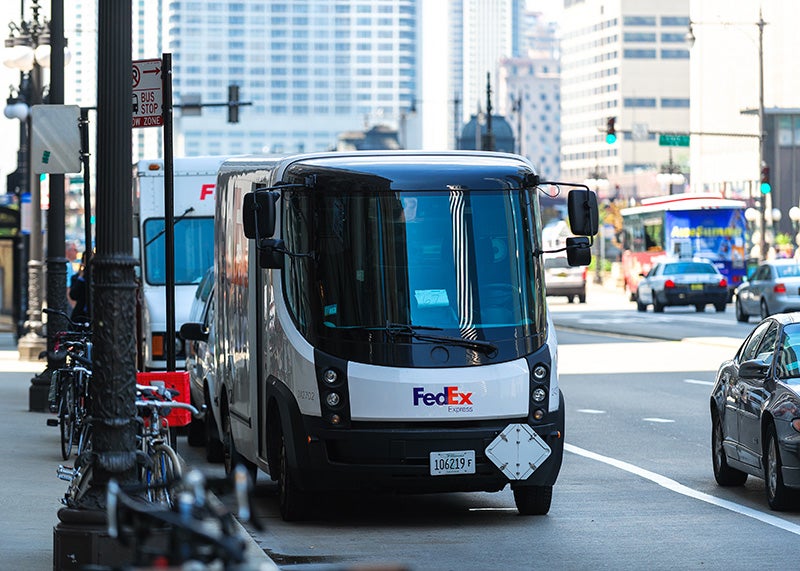
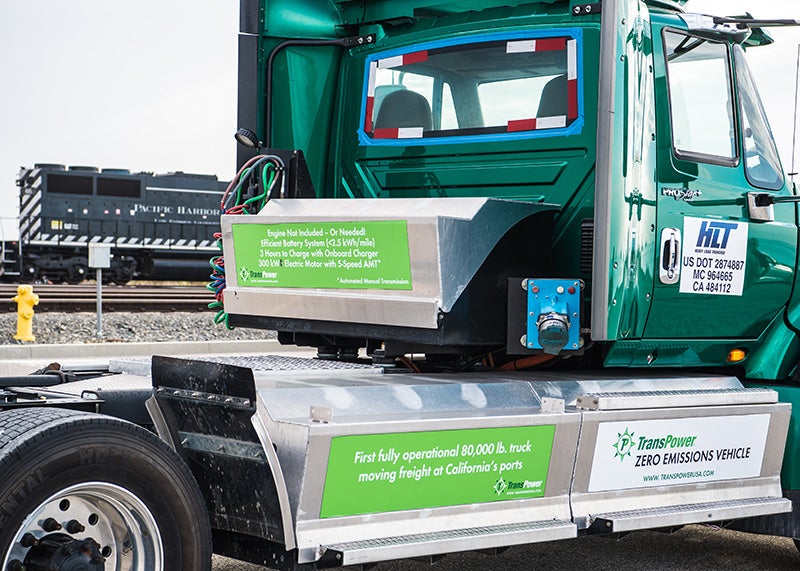
9. Through all our electric vehicle work, Earthjustice aims to ensure that the people who are most impacted by pollution have the option to use truly clean and zero-emissions vehicles.
“If we’re going to have a real shot at stemming the impact of the climate crisis,” explains Athena Motavvef, Earthjustice’s legislative representative in Washington, D.C., “we need to ditch fossil fuels, pivot to 100% clean energy, and achieve zero emissions.
“Making electric vehicles accessible to all people is an important step towards that goal.”
Earthjustice endorses the Electric Vehicle Freedom Act. The bill proposes establishing a network of electric charging stations alongside public roads, to encourage the adoption of electric vehicles by the wider public.
What is “Zero emissions”?
Zero emissions means that a vehicle emits no pollutants to disrupt the climate or dirty our air.
It’s a broader category that describes electric vehicles, hydrogen fuel cell vehicles, and other emerging types of technology.
In simple terms, zero emissions means technology that doesn’t rely on combustion to power vehicles.
Meanwhile, Earthjustice attorneys are working to help our nation’s transportation sector transition away from gasoline combustion to zero emissions, including:
- Electric Trucks: We’ve been working to increase the number of electric trucks in California — together with 20,000 residents, we asked the California Air Resources Board to enact the nation’s first electric truck manufacturing standard.
- Charging Infrastructure: And Earthjustice is working with the Public Utilities Commission in California and other states to build more charging infrastructure. This would relieve one of the biggest barriers to having an all-electric vehicle for those who do not have a garage or a driveway, through either workplace charging, or centralized electric vehicle fast charging.
- Zero-Emissions Vehicles: We’re in court defending the ZEV mandate, which is essentially the California state mandate that a certain percentage of vehicle purchases in the state be zero emissions. Ten states have adopted the ZEV mandate through California’s special legal authority in the Clean Air Act.
“To make it safe to breathe, we need to implement electric vehicles as fast as possible,” said Earthjustice attorney Adrian Martinez of the Right to Zero campaign.
“Fortunately, as we have seen a change in administration, there’s a lot of opportunity at the federal level to bring electric transportation into communities. But we must recognize that a lot of the decisions on clean transportation are local. It’s city councils, it’s mayors, it’s state legislatures that are making the vast majority of transportation decisions in this country.”
And it’s you.
10. You can help make the future electric (even if you’re car-free).
From cars to buses to trucks, electric vehicles are transforming how we move goods and ourselves, cleaning up our air and climate — and your voice can help advance the electric wave.
- Urge your city to invest in electric buses, trucks, and charging infrastructure. Speak with your local elected officials and write letters-to-the-editors (see tips).
- If you (or your friends) are in the market for a car, buy electric. Check if your local utility offers rebates or other incentives for installing electric vehicle charging stations at your home.
- Enlighten your friends. Share the amazing electric facts you’ve learned. Encourage your friends to find out how much carbon pollution they could save by going electric.
- Follow on Twitter Earthjustice’s @RightToZero campaign for the latest news on the shift to zero-emissions. We won’t just imagine a zero-emissions future. We will live it.
- Add your voice to fully electrify the U.S. Postal Service’s fleet mail delivery vehicles!